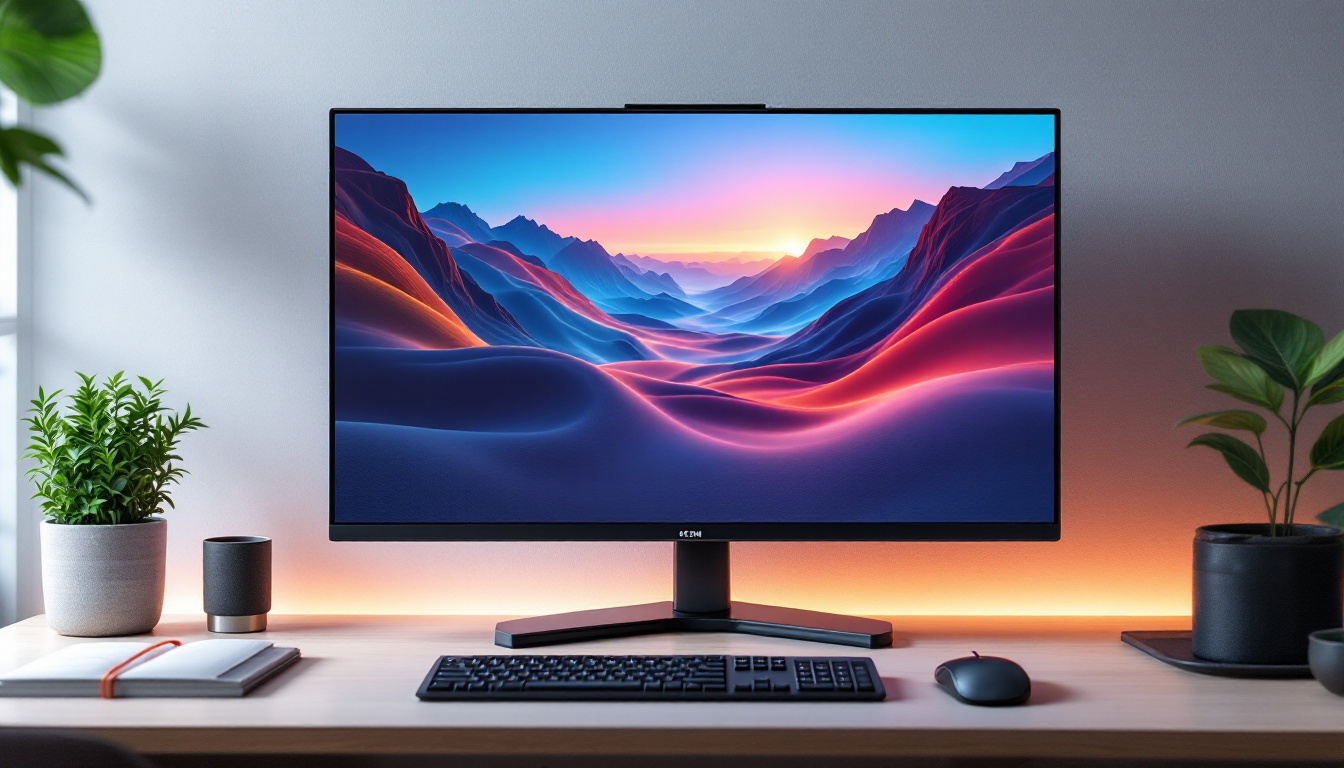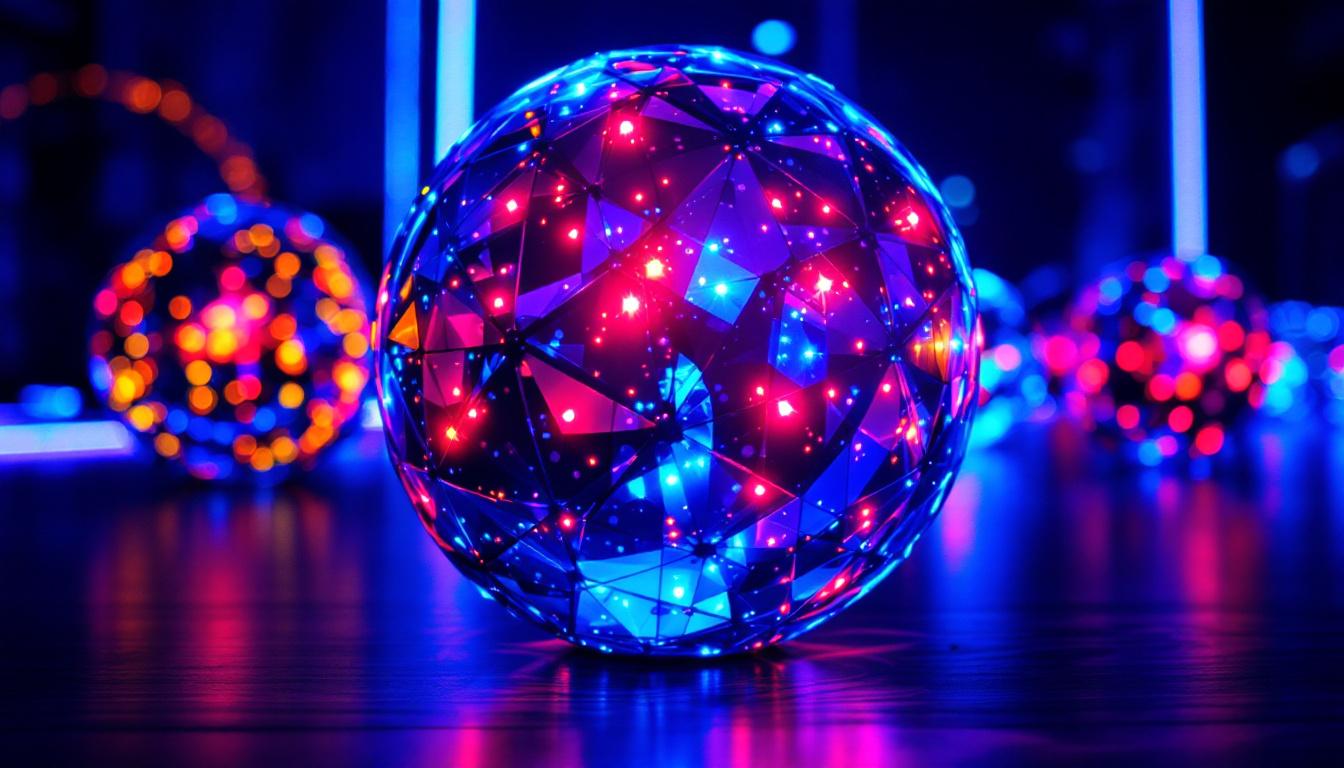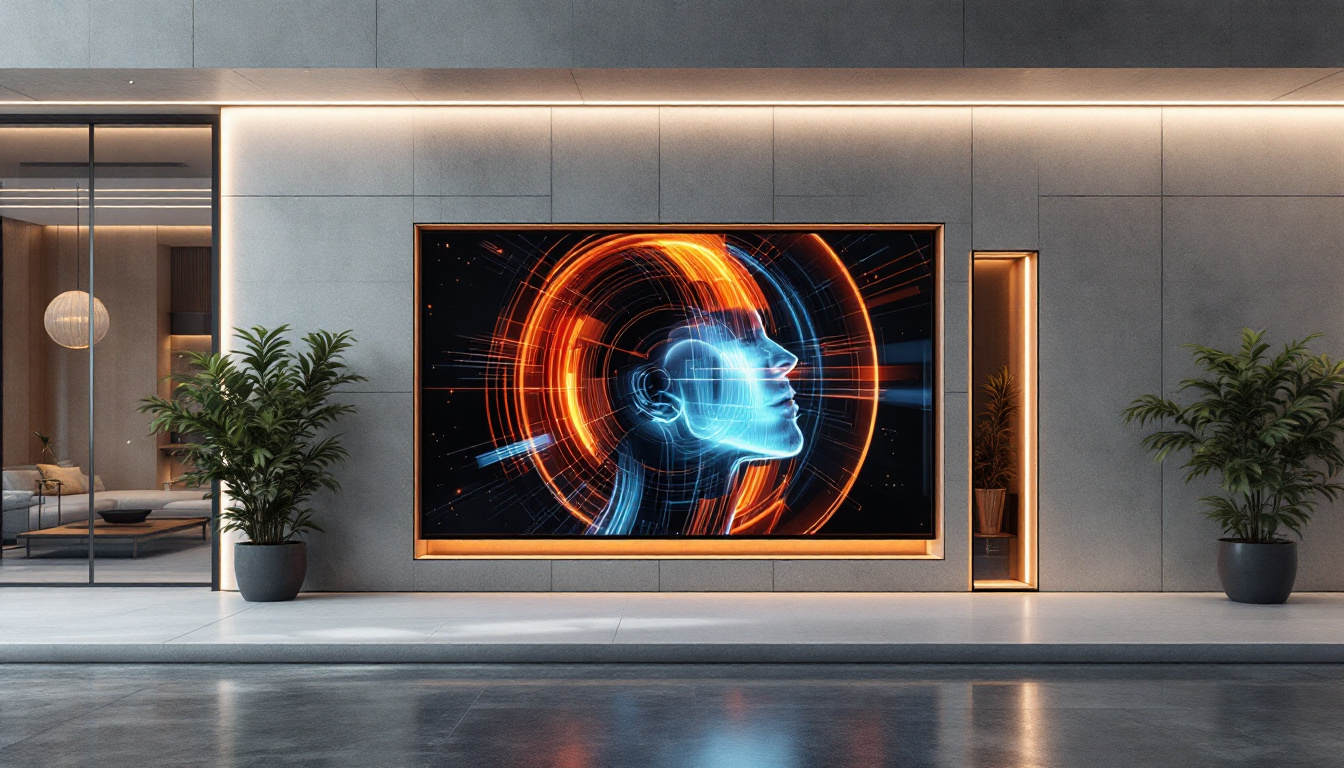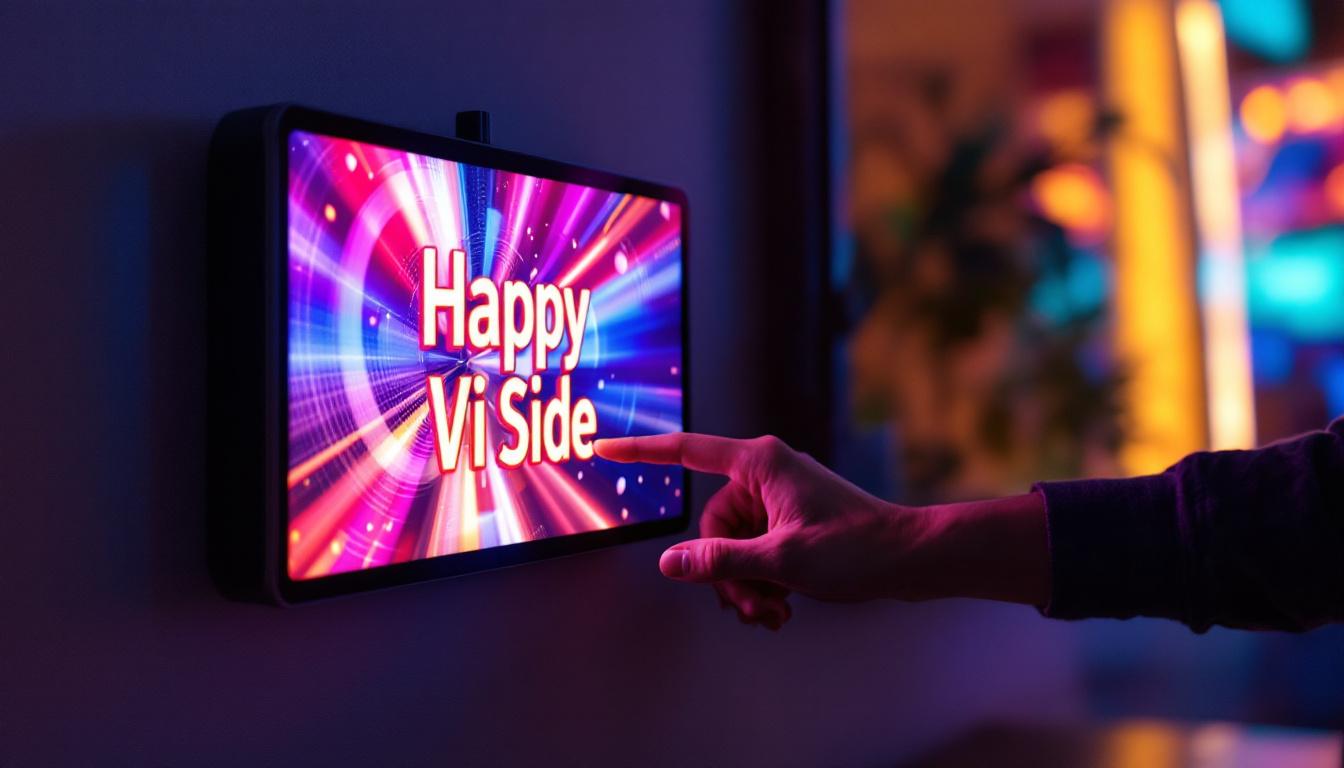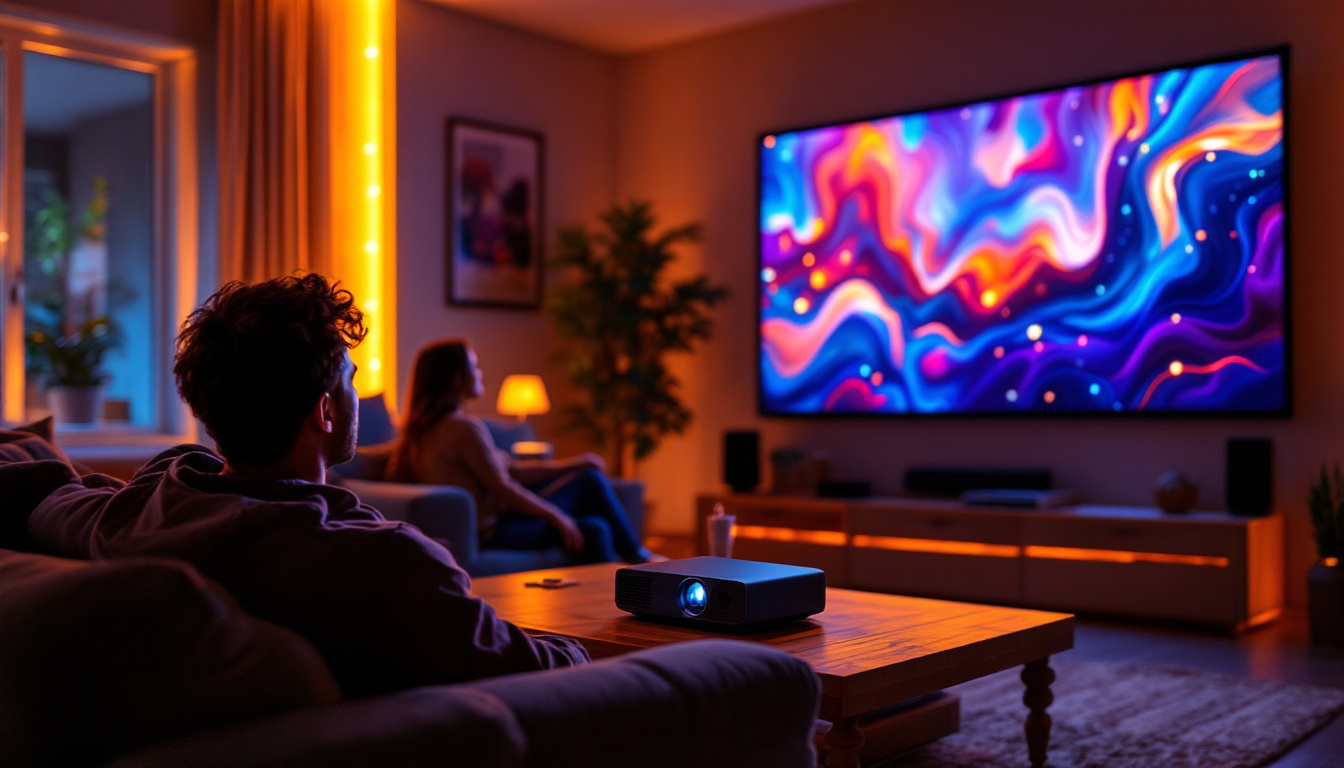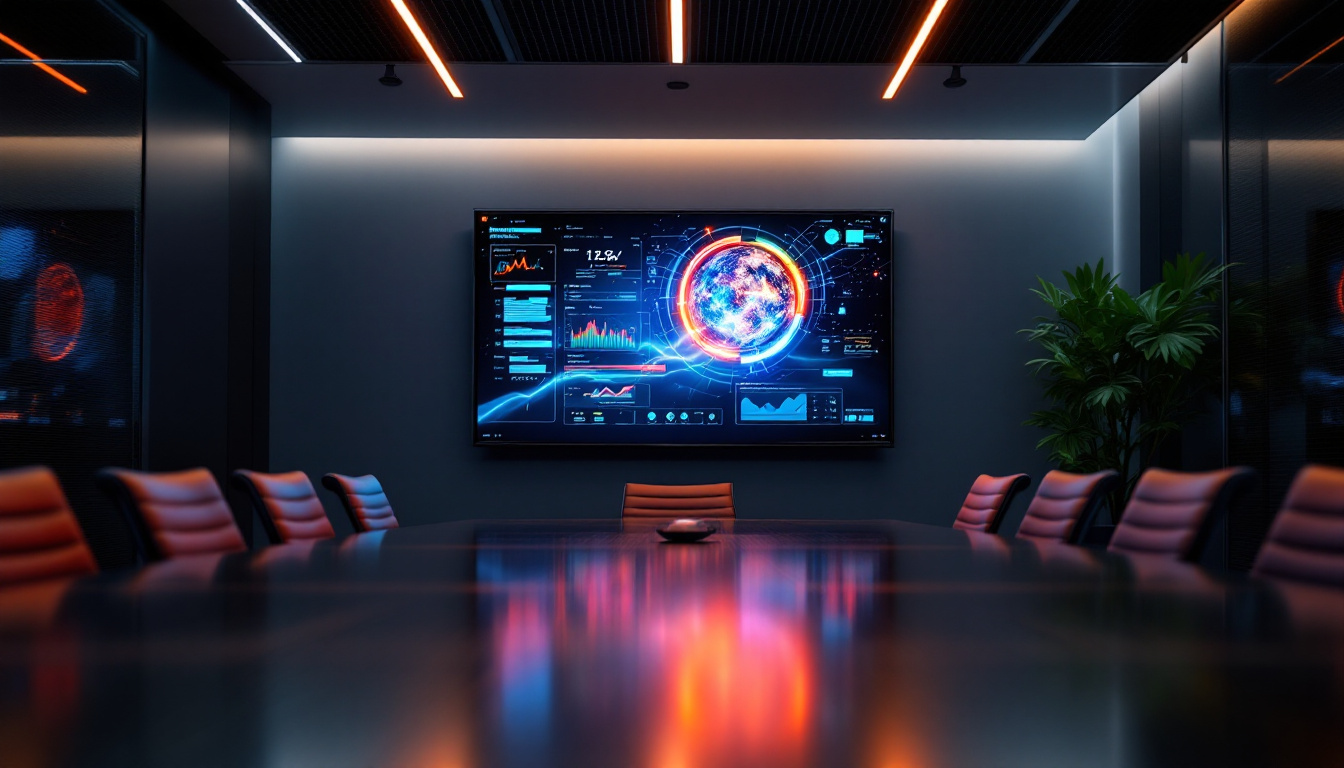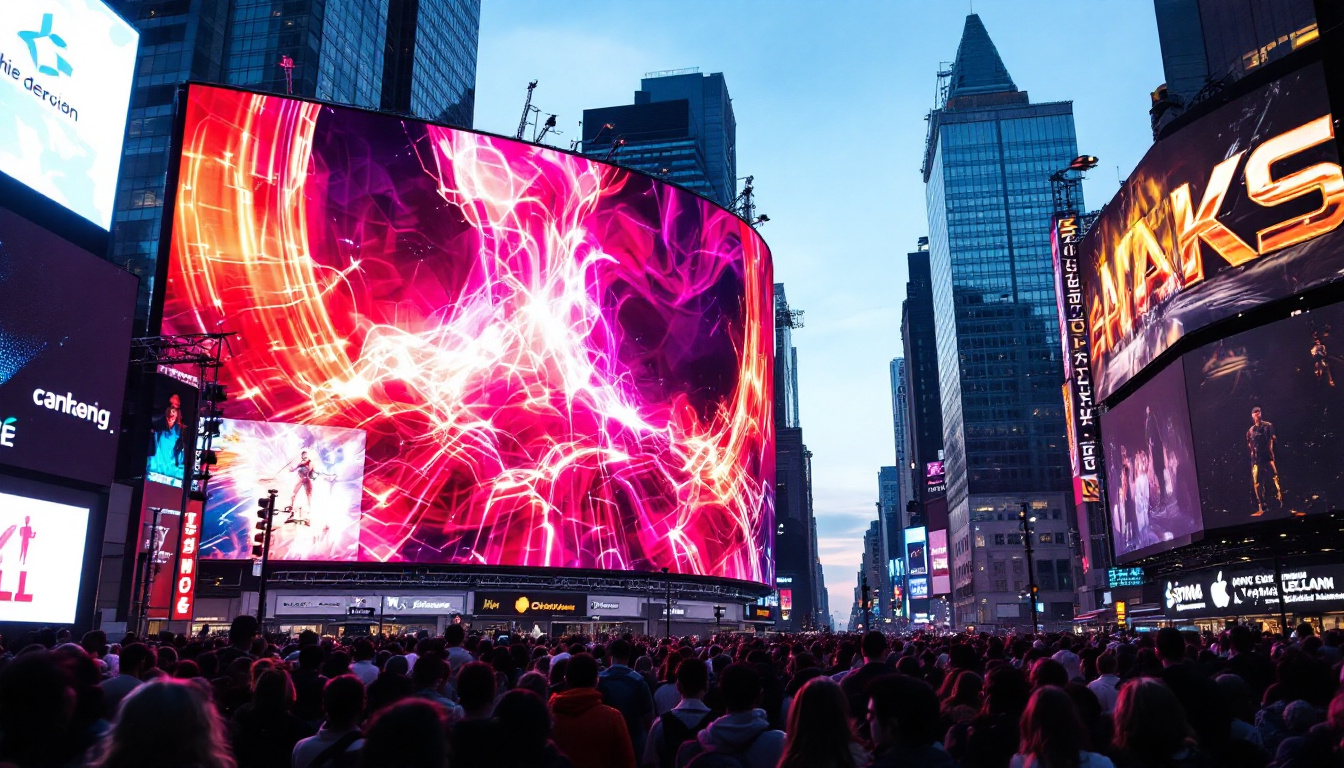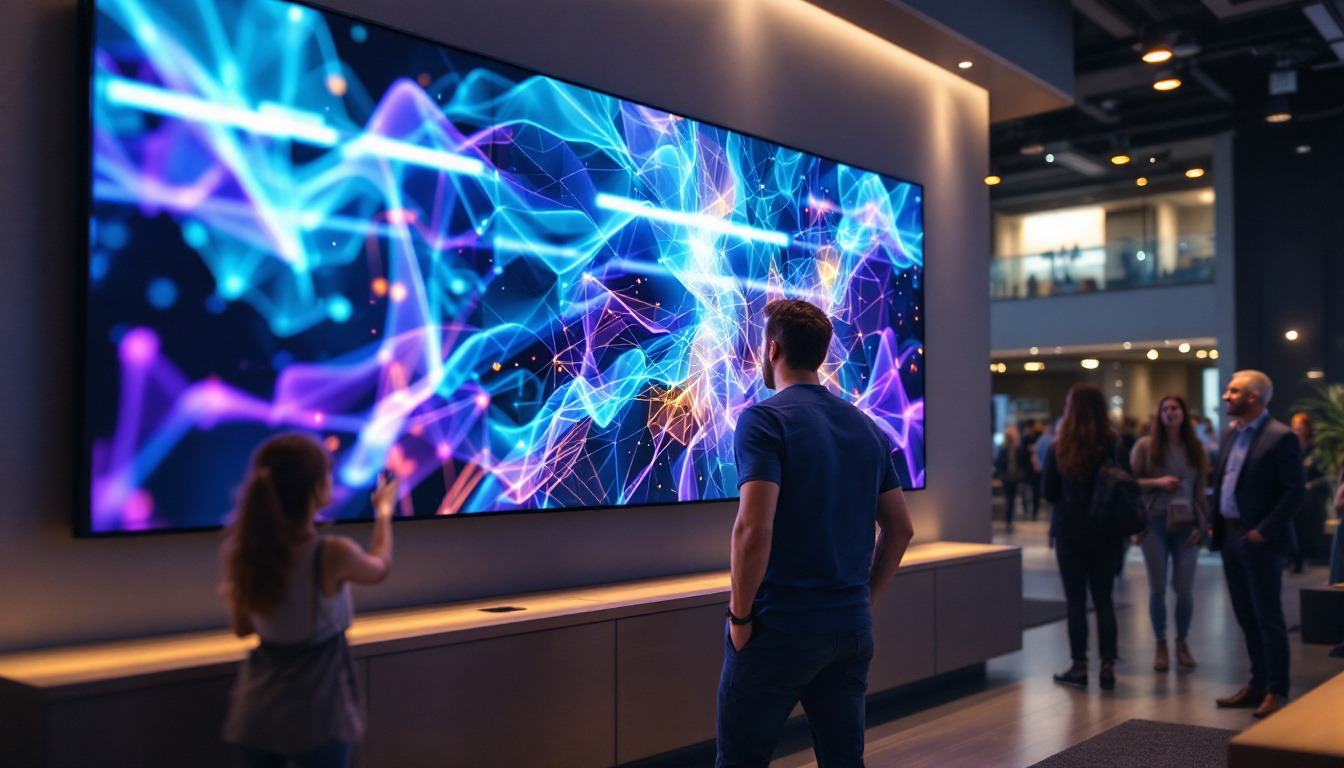In the realm of lighting technology, the transition from traditional incandescent bulbs to energy-efficient LED displays has revolutionized the way we illuminate our spaces. Among the myriad of choices available, the comparison between 40-watt and 60-watt LED bulbs stands out as a common point of confusion for consumers. Understanding the differences in brightness, energy consumption, and application can help in making informed decisions that cater to specific lighting needs.
Understanding LED Technology
Light Emitting Diodes (LEDs) have become the go-to choice for modern lighting solutions due to their energy efficiency and longevity. Unlike incandescent bulbs, which generate light by heating a filament, LEDs produce light through a semiconductor process, resulting in significantly less wasted energy in the form of heat. This innovative technology not only enhances the lifespan of the bulbs—often lasting up to 25,000 hours or more—but also reduces the frequency of replacements, contributing to less waste in landfills. Furthermore, the compact size of LEDs allows for versatile applications, from residential lighting to intricate designs in commercial spaces.
The Basics of LED Brightness
Brightness in LED lighting is typically measured in lumens rather than watts. This distinction is crucial because watts measure energy consumption, not brightness. A 40-watt LED bulb can produce around 450 lumens, while a 60-watt LED bulb typically emits about 800 lumens. This difference in lumens directly correlates to the perceived brightness of the light produced. Additionally, the color temperature of LEDs, measured in Kelvins, can also affect how we perceive brightness. Warmer tones (around 2700K) create a cozy atmosphere, ideal for living spaces, while cooler tones (5000K and above) are often preferred in work environments for their ability to enhance focus and productivity.
Energy Efficiency
One of the primary advantages of LED technology is its energy efficiency. While a traditional 60-watt incandescent bulb consumes 60 watts of electricity, an equivalent LED bulb may only use 8 to 10 watts to produce the same amount of light. This efficiency translates to lower energy bills and a reduced carbon footprint, making LEDs a more sustainable choice for consumers. In fact, the widespread adoption of LED lighting has the potential to significantly decrease global energy consumption, contributing to a more sustainable future. Moreover, many governments and organizations are incentivizing the switch to LED lighting through rebates and tax credits, further encouraging consumers to make the switch. As technology continues to advance, we can expect even more innovative LED solutions that will enhance both functionality and aesthetic appeal in various settings.
Comparing 40 Watt and 60 Watt LED Bulbs
When comparing 40-watt and 60-watt LED bulbs, several factors come into play, including brightness, application, and energy consumption. Understanding these factors can help consumers choose the right bulb for their needs.
Brightness Levels
The most significant difference between a 40-watt and a 60-watt LED bulb is the brightness level. A 40-watt LED bulb, with its lower lumen output, is ideal for spaces where soft, ambient lighting is desired, such as bedrooms or cozy reading nooks. In contrast, a 60-watt LED bulb is more suited for areas requiring brighter illumination, such as kitchens, offices, or living rooms. It’s important to note that the perceived brightness can also be influenced by the color temperature of the bulb. For instance, a warm white bulb may create a more inviting atmosphere, while a cool white bulb can enhance focus and alertness, making it perfect for workspaces.
Application Scenarios
Choosing between a 40-watt and a 60-watt LED bulb often depends on the specific application. For example, a 40-watt bulb may be perfect for accent lighting or decorative fixtures, while a 60-watt bulb is better suited for task lighting where clarity and brightness are essential. Understanding the intended use can significantly influence the choice between these two wattages. Additionally, the layout of the room and the presence of natural light can also dictate which bulb is more appropriate. In a room with ample sunlight, a 40-watt bulb might suffice, while darker spaces may require the stronger output of a 60-watt bulb to maintain a well-lit environment.
Energy Consumption and Cost
While both 40-watt and 60-watt LED bulbs are energy-efficient compared to their incandescent counterparts, the difference in energy consumption is still notable. A 60-watt LED bulb, though slightly more powerful, will still consume significantly less energy than a traditional 60-watt incandescent bulb. Over time, the cost savings can add up, making it a worthwhile investment for consumers looking to reduce their energy bills. Furthermore, LED technology has advanced to the point where many bulbs now offer features such as dimming capabilities and smart home integration, allowing users to further customize their energy usage and lighting experience. These innovations not only enhance convenience but also contribute to additional savings on energy costs, making LED bulbs an even more attractive option for the environmentally conscious consumer.
Choosing the Right Bulb for Your Needs
Making the right choice between a 40-watt and a 60-watt LED bulb involves considering several factors, including the size of the space, the desired ambiance, and the specific lighting tasks at hand. Here are some guidelines to help in the decision-making process.
Assessing the Space
The size and layout of the room play a crucial role in determining the appropriate wattage. Larger spaces may require multiple 60-watt bulbs or a combination of both 40-watt and 60-watt bulbs to achieve an even distribution of light. Conversely, smaller rooms may only need a single 40-watt bulb to create a comfortable atmosphere. Additionally, the height of the ceilings can impact how light is perceived; for instance, a room with high ceilings may require more powerful bulbs or strategically placed fixtures to ensure that the light reaches all corners effectively.
Consider the Purpose of Lighting
Identifying the primary purpose of the lighting can also guide the decision. For example, if the goal is to create a warm, inviting atmosphere in a living room, a 40-watt bulb may suffice. However, for a home office where tasks such as reading or working on a computer are performed, a 60-watt bulb may be necessary to ensure adequate brightness. Moreover, consider the time of day when the lighting will be used; natural light during the day can reduce the need for brighter bulbs, while evening hours may require more illumination to maintain productivity and comfort.
Personal Preference and Aesthetics
Ultimately, personal preference plays a significant role in the choice between 40-watt and 60-watt LED bulbs. Some individuals may prefer the softer light produced by a 40-watt bulb, while others may opt for the brighter illumination of a 60-watt bulb. Additionally, the color temperature of the bulb, whether warm or cool, can also influence the overall ambiance of the space. Warm white bulbs can create a cozy feel, ideal for bedrooms and living areas, while cool white bulbs may enhance focus and alertness, making them suitable for kitchens and workspaces. It’s also worth experimenting with dimmable options, which can provide flexibility in adjusting the brightness according to the time of day or specific activities.
Environmental Impact and Sustainability
As the world increasingly focuses on sustainability, the environmental impact of lighting choices becomes more critical. LED bulbs, including both 40-watt and 60-watt options, offer significant advantages in this regard. Their energy efficiency not only benefits individual households but also plays a vital role in the broader context of global energy conservation efforts. With the rise of smart home technology, integrating LED lighting with smart systems can further enhance energy savings, allowing users to control their lighting based on occupancy and natural light availability.
Longevity and Waste Reduction
LED bulbs are designed to last significantly longer than traditional incandescent bulbs, often exceeding 25,000 hours of use. This longevity not only reduces the frequency of replacements but also minimizes waste generated from discarded bulbs. Choosing LED technology contributes to a more sustainable future by decreasing the overall environmental footprint. Additionally, the materials used in LED manufacturing are increasingly being sourced from sustainable practices, which further supports the reduction of ecological damage. As manufacturers innovate, we can expect to see even more environmentally friendly production processes that prioritize recyclability and the use of non-toxic materials.
Lower Carbon Emissions
By consuming less energy, LED bulbs contribute to lower carbon emissions. The reduction in energy consumption translates to less demand on power plants, which often rely on fossil fuels. As more consumers opt for energy-efficient lighting solutions, the collective impact can lead to substantial environmental benefits. Furthermore, the transition to LED lighting can significantly reduce the strain on electrical grids, particularly during peak usage times, which not only enhances grid reliability but also paves the way for a smoother integration of renewable energy sources. This shift is crucial as we strive to meet global climate goals and reduce our reliance on non-renewable energy sources.
Conclusion
In the debate between 40-watt and 60-watt LED bulbs, the decision ultimately hinges on individual needs and preferences. Understanding the differences in brightness, energy consumption, and application can empower consumers to make informed choices that enhance their living spaces while promoting sustainability.
As technology continues to evolve, the options available in the LED lighting market will only expand, offering even more choices for consumers. Whether opting for the softer glow of a 40-watt bulb or the brighter illumination of a 60-watt bulb, the shift towards LED technology represents a significant step forward in energy efficiency and environmental responsibility.
In summary, both 40-watt and 60-watt LED bulbs have their unique advantages, and the right choice will depend on the specific requirements of the space and the preferences of the individual. By prioritizing energy efficiency and sustainability, consumers can contribute to a greener future while enjoying the benefits of effective and stylish lighting solutions.
Illuminate Your Space with LumenMatrix
Ready to elevate your lighting and visual experience? LumenMatrix offers a wide array of innovative LED display solutions tailored to your unique needs. Whether you’re looking to enhance brand visibility with an Indoor LED Wall Display, captivate passersby with an Outdoor LED Wall Display, or create dynamic visual experiences with Custom LED Displays, LumenMatrix has the technology to bring your vision to life. Embrace the future of lighting and display with our energy-efficient and impactful solutions. Check out LumenMatrix LED Display Solutions today and transform your space into a beacon of sustainability and style.





